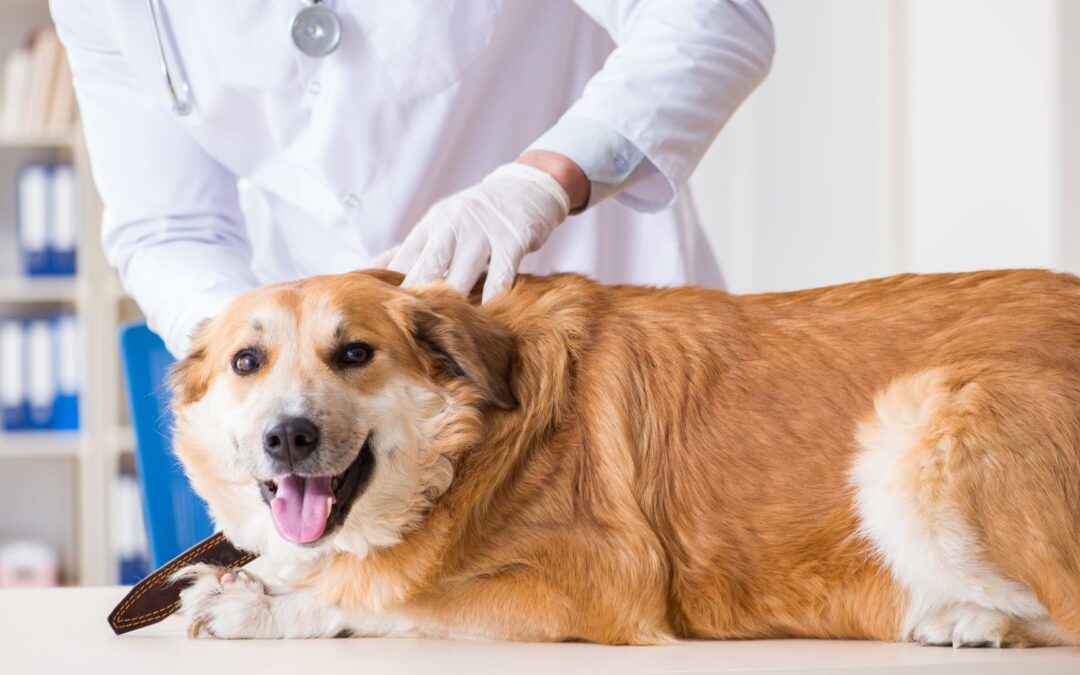Why does my pet need a yearly exam?
This is a great time to assess your animal. How do the teeth look- is there gingivitis, plaque or any broken teeth? Any lumps or bumps? How is the heart, do we hear any murmurs? Do the lungs sound clear? Is the Doctor able to palpate any masses in the abdomen? Are all the lymph nodes normal size? What about the pet’s weight? Weight is commonly overlooked but just like people, plays a huge role in health.
Secondly, if your pet does need medications filled monthly, by law there needs to be a patient/doctor relationship. So, having at least one exam every year will fulfill such requirements.
Why so many questions?
History questions may seem unimportant if your pet seems healthy, but these questions are devised to draw out problems that you may be unaware of and to share your concerns. You know your pets best and your observations are extremely valuable.
Is blood work required?
This is also a great time to get annual blood work. Not only does blood work check organ function but it also gives us a baseline for your pet since your pet’s normal values may differ from other pets. Blood work values are also important to know especially if your pet is on the higher end of normal or the low end of normal so we can keep an eye on those specific things regularly. If your animal does become sick, being able to look at your pets baselines will help with diagnosis. Also, for our seniors, yearly blood work will ensure the liver and kidneys can handle specific medications that we may want to start or medications that your pet is already taking daily.

Is Heartworm Prevention Necessary in the Roaring Fork Valley?
Heartworm disease is a tricky topic in this area because the risk is low in our valley. But guess what? Colorado does have heartworms and every year we get more and more cases of Colorado dogs getting heartworm disease. There are several factors that play into this and one being that Colorado seems to be the rescue capital for many animals. Many rescues come from the regions that have high populations of heartworm positive animals. These dogs make their way to Colorado, mosquitos bite heartworm positive dogs then the mosquitos bite dogs who are not on preventative and that is how it is spread. Without being on prevention equals heartworm disease. The prevention is cost effective and a simple way to avoid what can be an expensive and long road if your pet gets heartworm disease. The treatment for heartworm is tough on everyone. Not just pets but the pet parents. We use Immiticide, which is given over the course of three different treatments over several months. Injections can be painful as they are INTRAMUSCULAR deep punctures along the spine. And the hardest part is the dogs must be in a small, confined space or a crate and kept quiet for months. So, with just a few drops of blood and a yearly test we can check to make sure your pet is heartworm negative and start them on prevention.
Why do I need to bring a stool sample?
No one wants to hear the word parasite much less see them. Not only are some of these parasites transmittable between pets but can also be zoonotic, meaning they can be transferred from pet to human. This is even more important if you have small children in the house as they are touching everything and not washing their hands. Routine fecal examinations are used to detect these intestinal parasites in your pet. These parasites may include organisms such as hookworms, roundworms, whipworms, Giardia or Coccidia. We will request that you bring a small sample with you at the time of your appointment and we will submit it to a lab for testing. Based on findings, certain medications may be prescribed.
Lumps and bumps, oh my!
Why is it necessary to check these? Yes, many masses may be fatty lipomas, or cysts. But without doing a needle aspiration and looking at the cells under a microscope we can’t say for sure what the mass is. It is always better to have the masses looked at to be safe. Even if the mass is a fatty tumor or a cyst, these ideally need to be removed sooner than later to avoid complications. Some masses may be located in areas where they may be difficult to remove if they grow large; elbows, toes and feet. When masses around the groin or armpits get too large they can impinge on movement and be also difficult to remove.

Do I need to have my pet’s teeth cleaned?
Oral health plays a vital role in our pets’ well-being. When we look in your pets mouth, we are evaluating basic gum and tooth health. We are determining the severity of plaque and bacteria buildup as well as broken teeth along with gingivitis and recession or any masses. We then grade the teeth from grade 1 (preventative stage) through a grade 4 (severe disease) based on the severity of the dental disease and make our recommendation from there. Unfortunately, a visual inspection of an animal that is awake can be deceiving and some dental disease can hide beneath the gumline and only be found by taking dental x-rays. Preventative dental cleanings can be done to maintain a healthy mouth and it allows your veterinarian to be able to get a thorough look in the mouth to look for any abnormalities to address before they become a larger problem. Yearly preventative cleanings also help to prevent extractions by removing the bacteria from the teeth that can affect the bone under the gumline.
What is the veterinarian listening for with the stethoscope?
Cardiac ailments such as heart disease and heart failure can be detected using a stethoscope and listening to your pet’s heart during their exam. Pneumonia, asthma and bronchitis may also be heard when listening to the lungs. If there are abnormalities heard, further testing would be recommended such as X-rays or Ultrasound to assist in finding a diagnosis. Based on the diagnosis there may be medications or treatments recommended to extend the pet’s quantity and quality of life.
“Your pet’s belly feels normal.”
We hear this frequently after the doctor’s assessment of doing a physical exam but what exactly does it mean? There are several major organs that live in the abdomen such as the spleen, liver, and small and large intestines to name a few. When the doctor is palpating the abdomen (belly area), they have been trained to detect abnormal size organs as well as any masses that may be forming. Although not always true, early detection of abnormalities will increase the likelihood of better treatment options.
How often should I bring my cat in for a wellness exam?
Cats and annual visits often get overlooked and we believe it is mostly because it is very stressful not only for the cat but for the pet parent. The act of trying to wrangle your cat into a carrier can be impossible not to mention the thought of the car ride considering how extremely stressful it is for them since they never travel in a vehicle. That being said, even though your cat may seem healthy they are skilled at hiding illness. Cats that live indoors can develop the same issues as cats that visit the outdoors as well. Therefore, annual wellness exams play a crucial role in their health.
Why is preventative medicine so important?
Our pets are very resilient and can often mask symptoms until disease has advanced and is affecting multiple bodily systems. Our goal is to provide a nose to tail examination of your pet and perform early detection testing so that we may find these diseases at early onset. Many diseases can be treated to slow, or in some cases stop, disease progression. Our hope is to find a treatment plan that works for you and your pet in order to extend their time with you and improve their quality of life for as long as possible.

